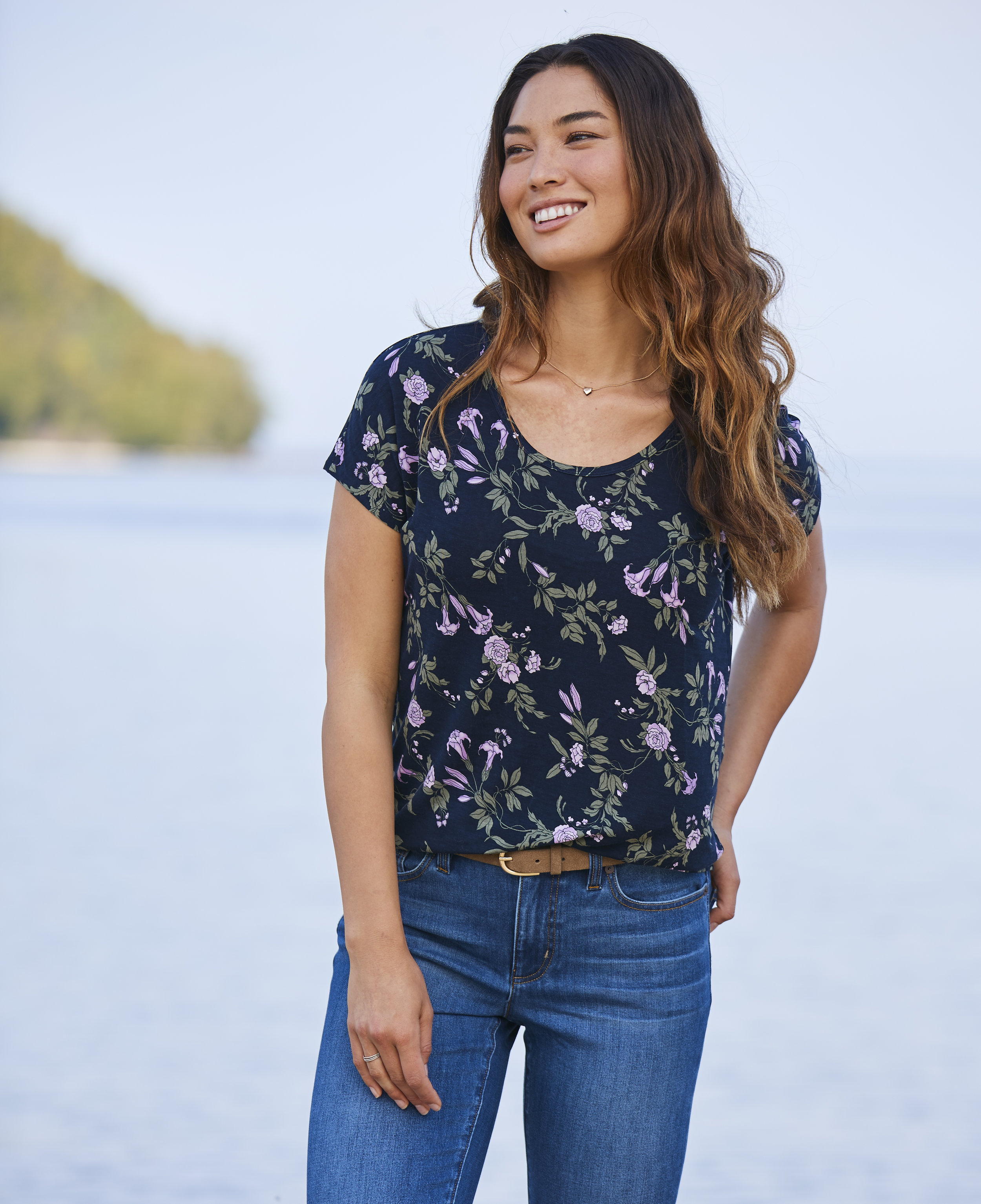5 Ways to Improve Your Bottom Line by Managing Colour and Using Imagery Creatively
Like smell and touch, colour triggers memories and feelings in humans. We have extremely good colour memory – we can tell the difference between brands by just the tone of the colour we’re looking at. Try it yourself – look at Coke red and Lego red without the logos, and you will probably know which colour belongs to which.
However, colour can change, sometimes dramatically, depending on the material it’s printed on amongst various other conditions. To compensate for this, you need good colour management to regulate the colours you use and guard your brand from corruption by the media it’s being viewed through.
Here are the top 5 ways you can use strong colour management to improve how your business looks to your customers, improve sales and reduce returns.
1: Be consistent with your brand.
If your brand colours are reproduced poorly or inconsistently, people won’t make a visual or emotional connection to your brand. In turn, the trust you need to build will be degraded. The world’s biggest brands understand this, and go to great lengths to ensure that wherever their brand is seen around the world, it always looks consistent. Imagine seeing the Coke logo printed on a yellow stock without colour management. The logo would turn orange… and then would you trust it was the real Coke?
There’s a lot of science, technology and skill involved in managing colour, but thankfully a huge amount can be done to compensate for the colour gamut of different media (colour gamut being the range of visible colours possible to see using different printing processes or screens).
2: Make sure your product colours are consistent on each media.
Colour and image quality can impact the way people think about your product. This is especially true when the colour of a product is important to the purchasing decision.
Inconsistent product colours will put doubts in the mind of the customer, and as a consequence will affect their decision on whether to buy or not. In e-commerce where many versions or angles of a product will be shot and shown on the same screen, this is particularly important. If the colour of your product looks different from shot to shot, you may be unintentionally sending out the message that your business is not reliable.
Worse still, it may indicate to the customer that you have something to hide. Why else wouldn’t you represent your product as consistently as possible and with full confidence? When using printed or digital imagery as a reference, the customer’s trust in your brand is everything when it comes to committing to an order. Securing that trust may well secure their continued custom in the future.
3: Be accurate with product colour.
Print is an excellent media for showing accurate product colours. Unlike screens, print is a controllable production method, meaning it is possible to match the colour of a product exactly, so that it reproduces perfectly on press.
Not only do your product colours need to be consistent from shot to shot, the colour clarity needs to be as true to life as possible. This is important for two reasons:
Firstly, you’ll be doing your product justice and representing it in its best light (hopefully attracting the attention of your customers in the process!), and two, you will be giving your customers an accurate representation of what they will receive should they commit to a purchase.
Meeting the expectations of your customers in this way will help to secure the all-important trust and customer loyalty your business needs to succeed, and will also do wonders in minimising the volume of unwanted returns. Most fashion and homeware brands will tell you that a lot of their product returns are down to inaccurate representation of the product being advertised. Therefore, accuracy using colour management is key in building (and keeping) your brand’s reputation.
4: Show your product in an inspiring way.
Most consumers are looking for ideas when browsing products. Colour or setting suggestions in an image do a great deal to inspire them and help them make a purchasing decision they will feel good about.
Through using advanced creative retouching, it is now possible to seamlessly place products together within lifestyle shots for colour or add-on purchase suggestions, or even place new clothing on models.
For example, if you have a poorly performing garment that just isn’t selling as a flat cut-out shot, you can digitally place that garment on a model to boost sales, without the expense of a whole new model shoot. Using this method, you can even change the colour, pattern and fabric of a garment to illustrate your range and its variations without any re-shooting.
Showing garments as they would appear on a model has a huge effect on the sales of the product, and now with the right skills and methods, you can re-use lifestyle imagery to increase your sales even further.
5: Use photo-realistic CGI to have maximum flexibility in how a product is presented.
For years, CGI has not been able to represent actual products accurately enough to advertise with. But now the technology has improved to such an extent that it is hard to tell the difference.
Of course, the skill and techniques developed by the CGI Visualiser are key to how real things can look. With the right techniques, you can show your products within incredibly lifelike CG lifestyle shots or location shots, or even with alterations that haven’t been manufactured yet.
Having the flexibility to re-use room-sets, totally re-decorate them, model different products and place them into already created sets, can save a great deal of money as well as provide huge flexibility and impact in the way the product is presented to the customer.
Colour has always been absolutely critical to consumer trust. Now, with the web providing plenty more platforms to sell your products, this fact rings more true than ever before.
Got an idea? Let us bring it to life! ~ hello@wk360.com






